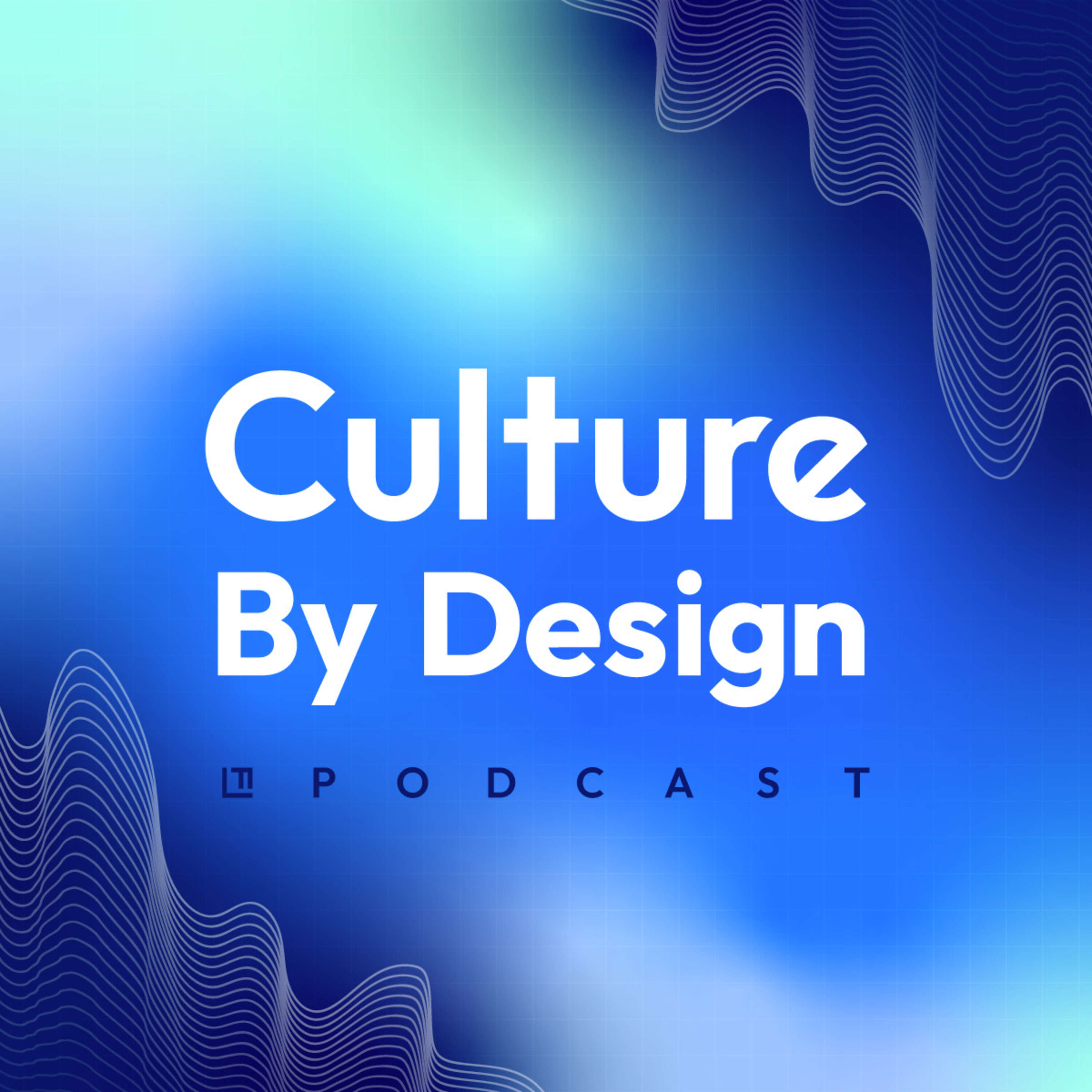- After-Shows
- Alternative
- Animals
- Animation
- Arts
- Astronomy
- Automotive
- Aviation
- Baseball
- Basketball
- Beauty
- Books
- Buddhism
- Business
- Careers
- Chemistry
- Christianity
- Climate
- Comedy
- Commentary
- Courses
- Crafts
- Cricket
- Cryptocurrency
- Culture
- Daily
- Design
- Documentary
- Drama
- Earth
- Education
- Entertainment
- Entrepreneurship
- Family
- Fantasy
- Fashion
- Fiction
- Film
- Fitness
- Food
- Football
- Games
- Garden
- Golf
- Government
- Health
- Hinduism
- History
- Hobbies
- Hockey
- Home
- How-To
- Improv
- Interviews
- Investing
- Islam
- Journals
- Judaism
- Kids
- Language
- Learning
- Leisure
- Life
- Management
- Manga
- Marketing
- Mathematics
- Medicine
- Mental
- Music
- Natural
- Nature
- News
- Non-Profit
- Nutrition
- Parenting
- Performing
- Personal
- Pets
- Philosophy
- Physics
- Places
- Politics
- Relationships
- Religion
- Reviews
- Role-Playing
- Rugby
- Running
- Science
- Self-Improvement
- Sexuality
- Soccer
- Social
- Society
- Spirituality
- Sports
- Stand-Up
- Stories
- Swimming
- TV
- Tabletop
- Technology
- Tennis
- Travel
- True Crime
- Episode-Games
- Visual
- Volleyball
- Weather
- Wilderness
- Wrestling
- Other
Violations of Psychological Safety and Their Costs
What happens when you don't have psychological safety, and how does it affect your bottom line? In this episode of the Culture by Design podcast, Tim and Junior share some of the research behind the need for psychological safety at work. You can't fully understand these costs and not walk away with a renewed conviction to foster an environment of psychological safety. Our suggestion? Take this data to your teams and start the conversation around how psychological safety impacts you and your organization.Seven questions to assess your personal impact on psychological safety (01:56). Tim and Junior open the episode with several self-reflection questions. When asked in a survey environment, 60% of respondents said that at least one of these things had happened to them during the prior 24 hours. How cultures are formed (10:12). The way that we either interact, either healthily or pathologically, makes a difference. Any time humans interact, cultures are created, which means that cultures are constantly created because we're constantly interacting. This means that cultural quality, like interaction, runs along a spectrum from pathology to health.Consequences of punished vulnerability (17:15). Junior shares some stats from Christine Porath's work on the costs of workplace incivility. Cost 1: Bleeding out your best talent (19:47). An environment that fosters psychological safety is very quickly becoming a requirement for top performers. These employees know what kind of environment they need to do their best work. They won't tolerate unsafe environments where
they can't contribute meaningfully, they can't make things better, and they can't challenge the status quo.Cost 2: Failure to innovate (24:52). Companies with a strong culture of psychological safety are 4.5 times more likely to be innovative than companies with weak cultures. When employees feel safe to take risks and share ideas, they're more likely to come up with new and innovative solutions.Cost 3: Hostile work environment (30:31). Cultures of punished vulnerability can very quickly turn hostile, and there are very significant liabilities and exposure that we incur as organizations that come with hostile work environments.Cost 4: Low-velocity decision-making (39:39). Low psychological safety makes the necessary discussion for analysis and decision-making shallow and slow. But having it allows you to do the most thorough analysis and assessment of risk.Cost 5: Learned helplessness (44:50). A lack of psychological safety can induce conformity, passivity, and learned helplessness which lowers
the bar of performance. Rewarding vulnerability and investing in its benefits (47:57). Tim and Junior explain the LIVE model (look, identify, validate, encourage), a tool to help individuals actively reward acts of vulnerability in their workplace.
Mentioned Links:
Christine Porath | Workplace Incivility
Psychological Safety Behavioral Guide
The 4 Stages Culture Diagnostic

